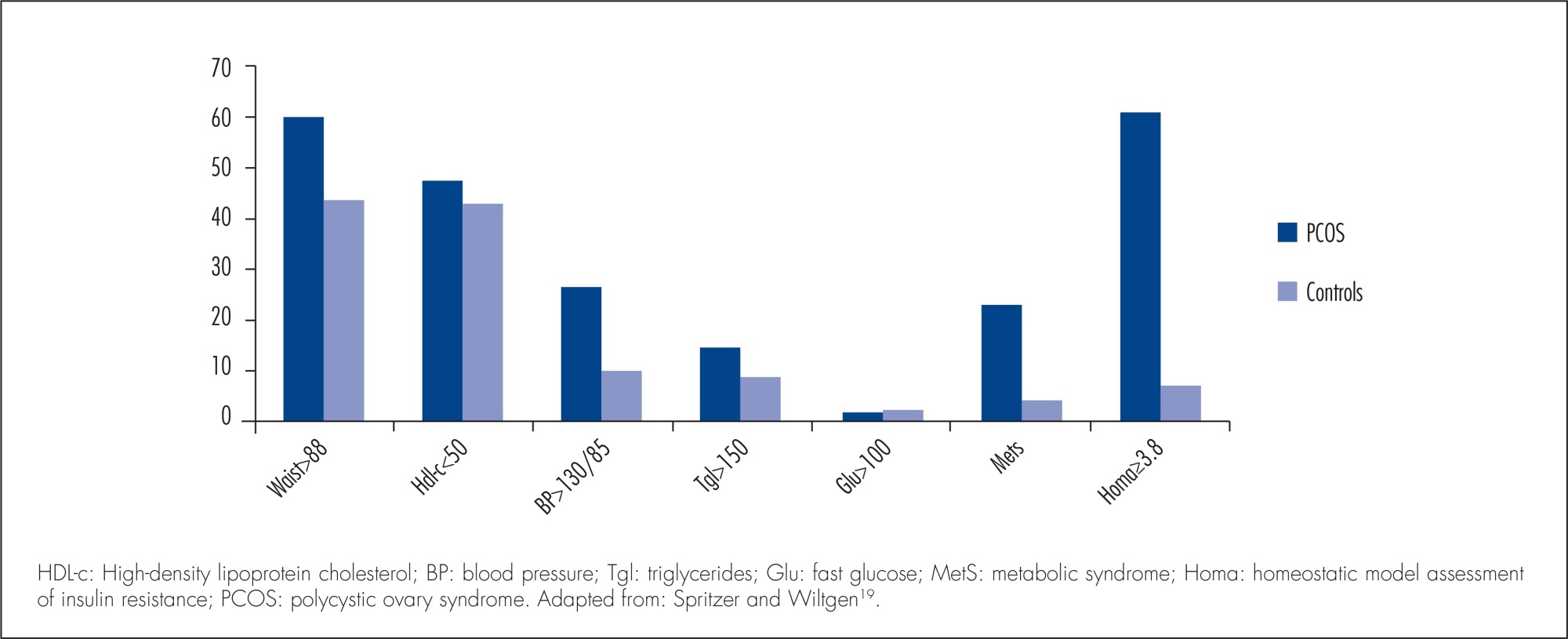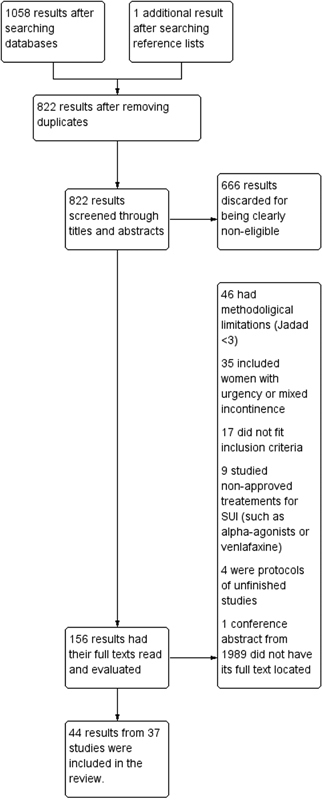-
04-11-1998
A FEBRASGO e as ações voltadas para a promoção da saúde
Revista Brasileira de Ginecologia e Obstetrícia. 1998;20(6):301-301
Abstract
A FEBRASGO e as ações voltadas para a promoção da saúde
Revista Brasileira de Ginecologia e Obstetrícia. 1998;20(6):301-301
-
04-10-1998
Avaliação longitudinal de aspectos imunológicos e virológicos durante a gravidez e puerpério em mulheres portadoras do vírus da imunodeficiência humana tipo 1 (HIV-1)
Revista Brasileira de Ginecologia e Obstetrícia. 1998;20(3):170-170
Abstract
Avaliação longitudinal de aspectos imunológicos e virológicos durante a gravidez e puerpério em mulheres portadoras do vírus da imunodeficiência humana tipo 1 (HIV-1)
Revista Brasileira de Ginecologia e Obstetrícia. 1998;20(3):170-170
DOI 10.1590/S0100-72031998000300011
Views108Avaliação Longitudinal de Aspectos Imunológicos e Virológicos Durante a Gravidez e Puerpério em Mulheres Portadoras do Vírus da Imunodeficiência Humana Tipo 1 (HIV-1)[…]See more -
04-10-1998
A dopplervelocimetria com mapeamento em cores dos ramos intramiometriais da artéria uterina de mulheres na pós-menopausa, com e sem carcinoma de endométrio
Revista Brasileira de Ginecologia e Obstetrícia. 1998;20(3):169-170
Abstract
A dopplervelocimetria com mapeamento em cores dos ramos intramiometriais da artéria uterina de mulheres na pós-menopausa, com e sem carcinoma de endométrio
Revista Brasileira de Ginecologia e Obstetrícia. 1998;20(3):169-170
DOI 10.1590/S0100-72031998000300010
Views81A Dopplervelocimetria com Mapeamento em Cores dos Ramos Intramiometriais da Artéria Uterina de Mulheres na Pós-Menopausa, com e sem Carcinoma de Endométrio[…]See more -
04-10-1998
Avaliação da esteroidogênese das supra-renais em mulheres normais por meio dos testes de ACTH simples de depósito
Revista Brasileira de Ginecologia e Obstetrícia. 1998;20(3):169-169
Abstract
Avaliação da esteroidogênese das supra-renais em mulheres normais por meio dos testes de ACTH simples de depósito
Revista Brasileira de Ginecologia e Obstetrícia. 1998;20(3):169-169
DOI 10.1590/S0100-72031998000300009
Views78Avaliação da Esteroidogênese das Supra-Renais em Mulheres Normais por Meio dos Testes de ACTH Simples de Depósito[…]See more -
Case Report04-10-1998
Recurrent HELLP syndrome: report on two cases
Revista Brasileira de Ginecologia e Obstetrícia. 1998;20(3):165-167
Abstract
Case ReportRecurrent HELLP syndrome: report on two cases
Revista Brasileira de Ginecologia e Obstetrícia. 1998;20(3):165-167
DOI 10.1590/S0100-72031998000300008
Views93See moreHELLP syndrome is a severe complication of preeclampsia that increases maternal and perinatal morbidity and mortality. Two cases of recurrent HELLP syndrome are described, maternal death occurring in one of the cases. This study is a warning about the increased risk of HELLP syndrome in the next pregnancy.
-
Case Report04-10-1998
Fetal reanimation: a case report
Revista Brasileira de Ginecologia e Obstetrícia. 1998;20(3):161-163
Abstract
Case ReportFetal reanimation: a case report
Revista Brasileira de Ginecologia e Obstetrícia. 1998;20(3):161-163
DOI 10.1590/S0100-72031998000300007
Views93See moreA tocolytic treatment is described with the use of terbutaline in a case of cardiotocographic prolonged deceleration of fetal heart rate with successful outcome.
-
Equipments and Methods04-10-1998
A new catheter in the treatment of fetal obstructive uropathies
Revista Brasileira de Ginecologia e Obstetrícia. 1998;20(3):155-159
Abstract
Equipments and MethodsA new catheter in the treatment of fetal obstructive uropathies
Revista Brasileira de Ginecologia e Obstetrícia. 1998;20(3):155-159
DOI 10.1590/S0100-72031998000300006
Views83See moreManagement of prenatally diagnosed uropathies is controversial, mainly because the prognosis for these fetuses is quite different. However pioneering studies have shown that prenatal drainage of obstructed urinary tract can improve the outcome of selected fetuses. The aim of this study is to describe the experience of the Service with the treatment of fetal obstrutive uropathy with the catheter developed by the Centro de Medicina Fetal do Hospital das Clínicas da UFMG. A total of 25 fetuses with obstructive uropathy received the catheter. Three fetuses required more than one insertion. Ten of 25 (40%) shunted fetuses survived with good postnatal renal and pulmonary function. Complications occurred in 12/25 (48%) cases including: 06/25 (24%) inadequate shunt drainage or migration; 01/25 (04%) urinary ascitis; 01/25 (04%) DPP, 01/25 (04%) premature rupture of membranes, 02/25 (08%) premature labor, 01/25 (04%) scarring and fibrosis of the renal parenchyma. Three of 25 (12%) fetuses died intra-utero and 12 (48%) died during the neonatal period. In conclusion, the drainage of the obstructed urinary tract with this catheter proved to be technically feasible and safe for both mother and fetus, with a survival rate of 40%.
-
Original Article04-10-1998
Prevalence and correlates of hiv infection and syphilis in prostitutes attending a STD/AIDS reference center
Revista Brasileira de Ginecologia e Obstetrícia. 1998;20(3):151-154
Abstract
Original ArticlePrevalence and correlates of hiv infection and syphilis in prostitutes attending a STD/AIDS reference center
Revista Brasileira de Ginecologia e Obstetrícia. 1998;20(3):151-154
DOI 10.1590/S0100-72031998000300005
Views119See moreA retrospective study examining medical records of female prostitutes attending the STD/AIDS Reference Center in Vitória, Brazil from January/93 to December/96 was conducted. During this period, 180 women received medical and psychological care in this clinic. Mean age was 25.9 year (SD=6.8). Out of 180, 140 agreed to be tested for HIV, of whom 12 (8.6%) had a positive result. Among 157 women who agreed to be tested for syphilis, 144 (91.7%) had a negative result, while 13 (8.3%) had a positive one. According to the educational degree, 6 (3.3%) women were illiterate, 114 (63.3%) attended elementary school, 37 (20.6%) attended secondary school, 7 (3.9%) went to college and 16 gave no information. One hundred and forty-one patients (78.3%) were single, 17 (9.4%) married, 10 (5,5%) divorced and 4 (2.2%) widows. The frequency of condom use was: always, 56 (31.3%), sometimes, 93 (52.0%), and 30 (16.8%) never used condoms. Other STDs were reported by 89 (49.4%) women and 9 (5.0%) reported intravenous (IV) drug use. There was a significant difference between the HIV positive and the negative group only regarding IV drug abuse (p=0.031) and syphilis infection (p=0.014). The present study showed prevalence rates of HIV infection among prostitutes in Vitória much higher than those found in the general population. There is a pressing need to improve medical assistance and educational campaigns especially designed to reach this population of women, and focusing the importance of regular condom use and the risks associated with IV drug abuse.
Search
Search in:
Tag Cloud
Pregnancy (252)Breast neoplasms (104)Pregnancy complications (104)Risk factors (103)Menopause (88)Ultrasonography (83)Cesarean section (78)Prenatal care (71)Endometriosis (70)Obesity (61)Infertility (57)Quality of life (55)prenatal diagnosis (51)Women's health (48)Maternal mortality (46)Postpartum period (46)Pregnant women (45)Breast (44)Prevalence (43)Uterine cervical neoplasms (43)







